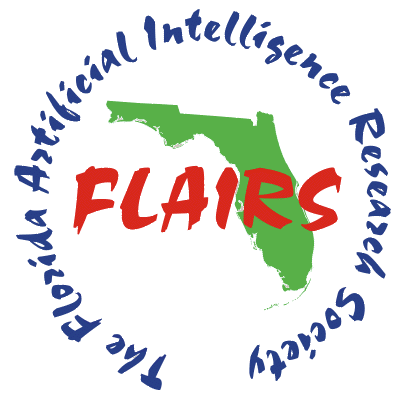The Dynamic Anchoring Agent: A Probabilistic Object Anchoring Framework for Semantic World Modeling
DOI :
https://doi.org/10.32473/flairs.37.1.135576Mots-clés :
Semantic world modeling, Probabilistic Anchoring, Multiple Object TrackingRésumé
Semantic world modeling has been studied extensively, with the goal of enabling robots to understand and interact with their environment. However, existing approaches to semantic world modeling rely on well-defined perceptual data, such as distinct visual features. In situations where different objects are difficult to distinguish based on perceptual data alone, the resulting world model will be ambiguous and inconsistent. To address this challenge, we present the Dynamic Anchoring Agent (DAA), a probabilistic object anchoring framework for semantic world modeling that uses domain knowledge and reasoning to handle the ambiguity of sensor data through probabilistic anchoring. It includes a Multiple Hypothesis Tracker (MHT) as a filter for noisy observations, and a knowledge base that encodes domain knowledge and scene context to reduce uncertainty in the anchoring process. The framework is evaluated on both synthetic and real-world datasets, demonstrating its effectiveness in resolving association ambiguities in the presence of identical-looking instances. It has also been integrated into a real robot platform. We show that with the help of domain knowledge and scene context, the proposed framework outperforms traditional pure data-based algorithms in terms of identification accuracy, and can effectively resolve ambiguities between sensor-identical object instances.
Téléchargements
Publié-e
Comment citer
Numéro
Rubrique
Licence
(c) Tous droits réservés Zongyao Yi, Martin Günther, Joachim Hertzberg 2024

Cette œuvre est sous licence Creative Commons Attribution - Pas d'Utilisation Commerciale 4.0 International.


